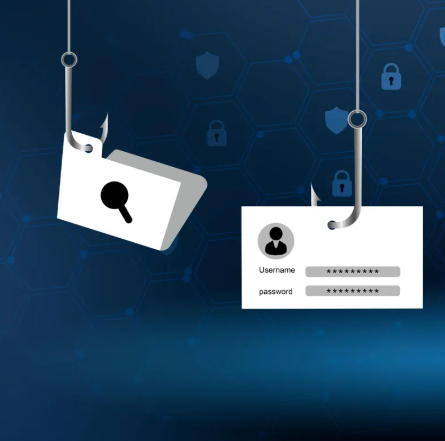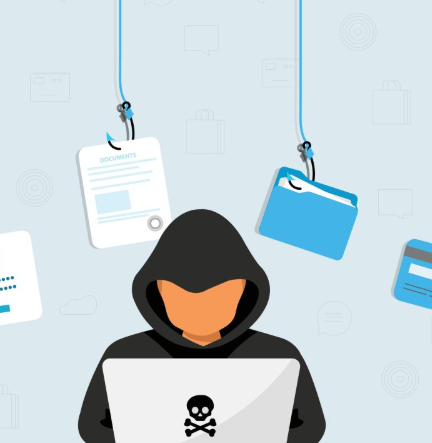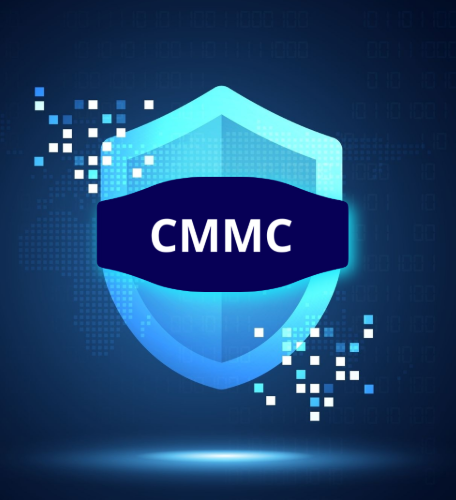
In today’s digital landscape, your brand represents much more than just a logo—it’s a promise of reliability, security, and trust. However, when cybercriminals hijack your brand through phishing emails, that trust can be easily shattered. Email attacks targeting customers, employees, and business partners not only harm your reputation but can lead to severe financial, legal, and operational repercussions. This makes securing your brand from email scams an essential part of your cybersecurity approach.
Why Email Is a Common Target for Brand Impersonation
Email remains one of the most widely used communication channels between businesses and their audiences, making it an easy and effective tool for cybercriminals to exploit. By spoofing domains, mimicking email templates, and crafting convincing messages, attackers can make fraudulent communications appear as if they’re from your company. The aim is often to steal sensitive information, install malware, or trick recipients into transferring funds—all under the guise of your trustworthy brand name.
Did You Know?
A staggering 91% of cyberattacks start with a phishing email, and nearly half of these attacks involve brand impersonation.
Key Dangers of Email-Based Brand Impersonation
1. Erosion of Customer Trust
When customers receive phishing emails that appear to come from your company, it weakens their trust—even if you’re not responsible. One bad incident can lead to a loss of customer loyalty and public backlash.
2. Legal and Compliance Risks
Organizations that don’t secure their email systems may face legal action, especially if a phishing attack leads to data breaches or violations of regulations such as GDPR or CCPA.
3. Financial Losses
Phishing scams often involve fake invoices, wire transfer requests, or fraudulent donations, tricking victims into sending money. These scams can cause significant financial damage to both your clients and vendors.
4. Internal Security Breaches
Employees are also vulnerable to phishing emails that seem to come from internal sources, such as HR or IT, leading to credential theft and potentially compromising your internal systems.
5. Brand Devaluation
When your brand becomes associated with scams or cyberattacks, it can have a lasting negative impact on your public image, investor confidence, and future business opportunities.
Effective Strategies to Protect Your Brand’s Email Identity
1. Adopt Email Authentication Standards
Implement protocols like SPF (Sender Policy Framework), DKIM (DomainKeys Identified Mail), and DMARC (Domain-based Message Authentication, Reporting, and Conformance) to confirm the legitimacy of your emails and prevent unauthorized use of your domain.
2. Regularly Monitor Brand Abuse
Use monitoring tools to scan the internet and email channels for phishing campaigns, domain spoofing, or misuse of your brand. Early detection allows for swift intervention and damage control.
3. Educate Employees and Clients
Regular training sessions help both employees and customers identify phishing emails. Include simple tips for spotting suspicious messages in customer communications.
4. Establish a Reporting Mechanism
Make it easy for recipients to report suspicious emails by setting up a dedicated email address like [email protected] to handle complaints and investigations.
5. Utilize Advanced Email Security Solutions
Leverage AI-driven platforms that analyze inbound and outbound emails for signs of phishing attempts, impersonation, and unusual patterns—securing both your internal communications and your brand reputation.
By adopting these strategies, you can significantly reduce the risks of phishing and email-based fraud, ensuring that your brand remains trusted and secure.






























































